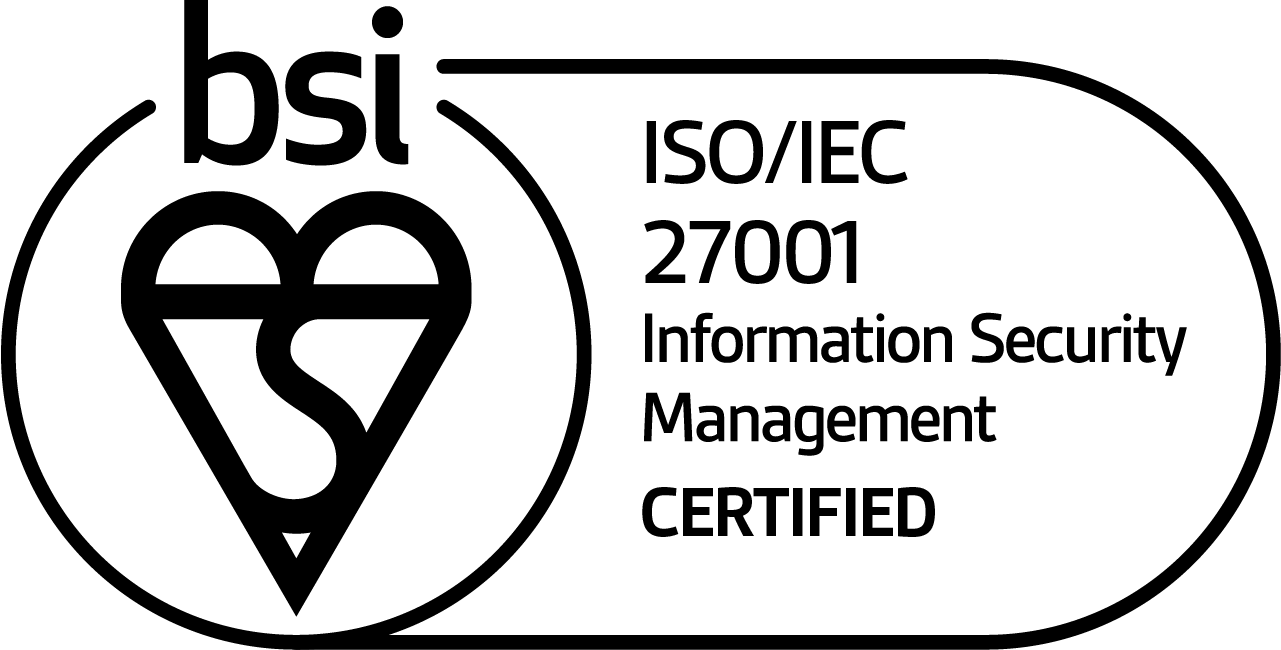Debtors are nice: customers provide revenue. But when customers don’t pay on time, it can lead to unpleasant situations. That’s why in a previous blog we went into detail about DSO: Days Sales Outstanding. How do you solve a payment problem? And keep the relationship with your customer good? With the right approach, you can even increase customer satisfaction.
Here's why you're missing out on money with an oldschool Excel set
The shortcomings of an accounting package
Debtor management can also be managed from an accounting package. There are systems with good functionality and the advantage of such a package is: you have one central system within the company. However, there are also disadvantages: customization to set up and maintain a package is expensive. Also, the user-friendliness is often not optimal, so that in practice Excel and Outlook often pop up again. And perhaps most importantly: an accounting package cannot distinguish between one customer and another. While payment agreements can differ per customer and follow-up actions can also be different.
How to miss out on useful features with an outdated ERP package
There are also companies that work with an ERP package: Enterprise Resource Planning. That is a nice solution in theory, but in practice Koelen often encounters outdated systems and versions. “Those do not provide the right support for an optimal accounts receivable management process,” he says. Such as: no possibility to register complaints and no automatic notification when it is time for a reminder or reminder.
This is how you start your win-win-win
More and more companies are therefore seeking specialized software for their debtor management. “Especially since Covid, the demand for debtor management software has increased significantly,” Koelen knows. The important reason? “Working from home. You want to be able to use debtor information both in the office and working from home.”
Specialized software also makes it possible to optimize processes and workflows. What previously had to be done manually can be done automatically with software. This shifts the focus in debtor management from outstanding invoices to customer contact. Koelen: “You don’t waste time on unnecessary actions for reminders and dunning letters.”
A useful additional feature of this software is the possibilities for digitization. Integrate e-mail processing, add iDEAL payment options and use a debtor portal. “Automating more actions and letting a debtor do more themselves; that saves a company a lot of time.”
But isn't that a hefty investment?
- Debtor management costs are clear up front;
- An unlimited number of users.
- The workflow is automated as much as possible.
- Extensive reporting capabilities.
- Clear debtor files.
- Not insignificantly, employee satisfaction on debtor management often improves, Koelen says from experience. “Employees spend less time on standard actions and get more space to solve specific challenges with the customer.” A proactive approach is also more pleasant for customers. “After all, higher customer satisfaction contributes to a long-term relationship.”


